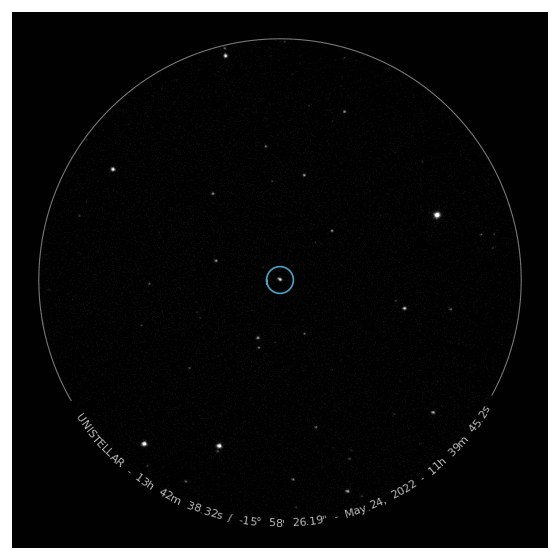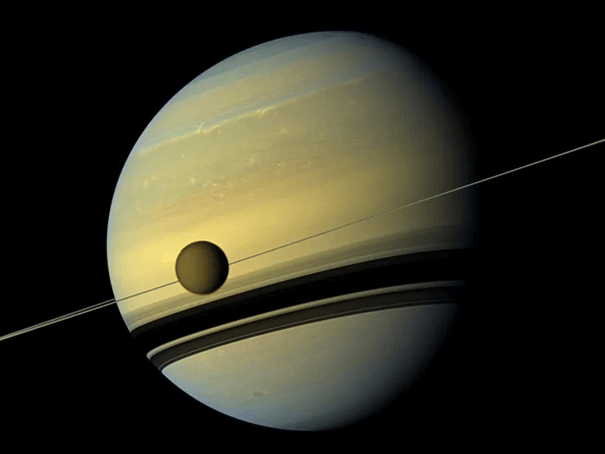A Year in Citizen Science: Unistellar Breaks Exoplanet Record
Read the 1st Blog in this Series
A Year in Citizen Science: Observers Break Record Watching JWST
Read the 2nd Blog in this Series
Planetary defense, the branch of science that focuses on protecting the Earth from near-Earth asteroid (NEA) and comet impacts that could have catastrophic consequences, has been in the spotlight this past year. From the movie Don’t Look Up to the successful DART mission crashing into and deflecting a near-Earth asteroid (for practice), perilous space rocks are having a moment. And the Unistellar Network has been too! Citizen Astronomers have been hard at work observing NEAs in 2022, with the biggest, most record-setting year for the Unistellar Planetary Defense program yet.

Unistellar Network is the Largest Citizen Science Contributor of NEA Data
By studying NEAs, scientists can better understand their characteristics and potential hazards, and develop strategies for detecting and deflecting any objects that pose a threat to our planet. However, there are tons of NEAs floating around out there, and astronomers often need more data than they alone can take to track asteroid orbits. That’s where the global network of Unistellar Citizen Astronomers, armed with their fleet of eVscopes and eQuinoxes, can help!
Unistellar network members set a world record in 2022, as the citizen science network contributing the most datasets to the official repository for NEA information, known as the Minor Planet Center (MPC). Over one year alone, they helped to submit 542 reports on 32 different asteroids to the MPC database. In total, 172 dedicated citizen astronomers took nearly 1,000 observations of our rocky neighbors. That’s a lot of asteroid action! This data can be used to help determine an asteroid’s shape, as well as whether its orbit should sound the Earthly alarms.
An Asteroid Rotates Faster than We Thought
Last year’ impressive results also include the rotation period of asteroid 1989JA, or how far it takes the asteroid to spin on its axis. Previously astronomers only knew that this NEA takes less than 12 hours to rotate, but with the help of the Unistellar Network and SETI researchers, we now know that 1989JA spins much faster – it only takes about 2.5 hours to complete a rotation!
Citizen Astronomers submitted 73 observations of this asteroid over several weeks, making the rotation determination possible. This achievement, along with the record-breaking number of observations and reports this past year, is a testament to the power of citizen science and the impact that individual contributions can have on important scientific research. Anyone can help protect our planet from potential asteroid impacts.

An observation of 1989JA from citizen astronomer Tateki Goto, taken with his eVscope.
The Year to Come
This year, there are a lot more opportunities to watch for near-Earth asteroids as they pass our planet. In fact, asteroid 1933VB will be visible until February 27th after a recent flyby, with many more fascinating targets following close behind.
Aside from setting a world record, Unistellar members took more than three times the amount of observation they took in 2021, with nearly twice the number of observers! It is our hope that 2023 will bring even more citizen astronomers to the world of Planetary Defense. The more eyes on the sky defending our planet, the better – so become a planetary guardian today!
Further readings
3 Reasons to observe this month
Entdecken Sie jeden Monat drei faszinierende Himmelsereignisse, die Sie mit Ihrem Unistellar-Teleskop beobachten können.
Zwei gruselige Erscheinungen am Halloween-Himmel
Entdecken Sie jeden Monat drei faszinierende Himmelsereignisse, die Sie mit Ihrem Unistellar-Teleskop beobachten können.
3 Gründe, diesen Monat zu beobachten Halloween-Ausgabe
Entdecken Sie jeden Monat drei faszinierende Himmelsereignisse, die Sie mit Ihrem Unistellar-Teleskop beobachten können.
Titans Schatten
In diesem Sommer rückt der Ringplanet Saturn an unserem Nachthimmel in den Vordergrund und bietet Amateurastronomen die seltene Gelegenheit, faszinierende transiente Ereignisse zu beobachten.
Unistellar Community Included In Multiple Scientific Papers
Did you know Unistellar Citizen Astronomers are often cited in published scientific papers? Find out how you can contribute too!
Neues Update der Unistellar-App: Version 3.0
The latest Unistellar App Update, version V3.0, is now live. Explore a smooth stargazing experience



